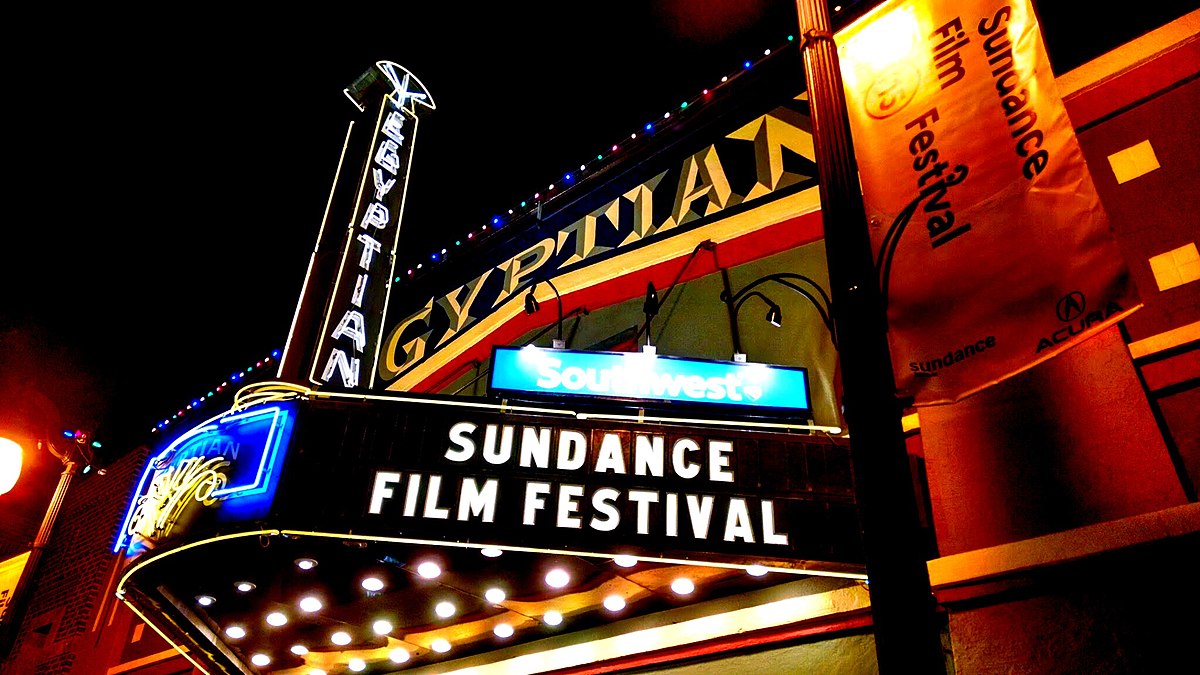The Sundance Film Festival is one of the most prestigious and influential film festivals in the world. Held annually in Park City, Utah, it has become a vital platform for independent filmmakers to showcase their work and gain recognition. Let’s take a journey through the history of this iconic festival, from its humble beginnings to its status as a premier event in the film industry.
Early Beginnings
The origins of the Sundance Film Festival date back to 1978, when it was initially known as the Utah/US Film Festival. Founded by Sterling Van Wagenen, head of Wildwood, Robert Redford’s company, and John Earle, the festival aimed to attract more filmmakers to Utah, promote independent films, and highlight American-made films. The first festival was held in Salt Lake City and showcased a modest lineup of 60 films, focusing on American independent cinema.
The Role of Robert Redford
In 1981, actor and director Robert Redford became the festival’s chairman, bringing with him a new vision and a wealth of industry experience. Redford, a passionate advocate for independent filmmaking, sought to create a supportive environment where emerging filmmakers could thrive. Under his leadership, the festival moved to Park City, Utah, in 1985, a decision that helped establish its reputation as a premier destination for independent films. The move also coincided with the festival’s rebranding as the Sundance Film Festival, named after Redford’s character in the classic film “Butch Cassidy and the Sundance Kid.”
Growth and Development
Throughout the 1980s and 1990s, the Sundance Film Festival experienced significant growth and development. The introduction of the Sundance Institute in 1981, a non-profit organization founded by Redford, played a crucial role in this transformation. The institute provided year-round support for independent filmmakers through workshops, grants, and resources, helping to nurture talent and bring fresh voices to the forefront.
The festival’s program expanded to include a wider range of films, including documentaries, shorts, and international works. This diversification attracted a global audience and increased the festival’s influence in the industry. By the late 1990s, Sundance had become synonymous with quality independent cinema, launching the careers of numerous filmmakers and showcasing groundbreaking films.
Milestones and Breakthroughs
Over the years, the Sundance Film Festival has been the launchpad for many successful and critically acclaimed films. In 1989, Steven Soderbergh’s “Sex, Lies, and Videotape” won the Audience Award, a pivotal moment that brought significant attention to the festival and solidified its reputation as a crucial platform for indie films. The success of films like Quentin Tarantino’s “Reservoir Dogs” (1992), Kevin Smith’s “Clerks” (1994), and the Coen Brothers’ “Blood Simple” (1984) further cemented Sundance’s status as a breeding ground for innovative and influential filmmakers.
The Role of Technology
The advent of digital technology in the early 2000s brought new opportunities and challenges to the Sundance Film Festival. The rise of digital filmmaking made it more accessible for independent filmmakers to produce high-quality films on a lower budget. Sundance embraced these changes by incorporating digital screenings and expanding its online presence, allowing a broader audience to engage with the festival.
In 2006, the festival launched Sundance Film Festival: London, an offshoot event held in the UK, bringing Sundance’s unique blend of independent film and creative dialogue to an international audience. This expansion further highlighted the festival’s commitment to promoting independent cinema on a global scale.
Impact on the Film Industry
The impact of the Sundance Film Festival on the film industry cannot be overstated. It has revolutionized the way independent films are produced, distributed, and consumed. The festival has provided a platform for underrepresented voices, fostering diversity and inclusion in the film industry. Its commitment to innovation and creativity has inspired countless filmmakers and influenced mainstream cinema.
The festival’s role in the rise of the indie film market is particularly noteworthy. Sundance has helped bridge the gap between independent filmmakers and major distributors, facilitating the acquisition and distribution of indie films to wider audiences. Many films that premiered at Sundance have gone on to achieve commercial success and critical acclaim, demonstrating the festival’s power to shape the cinematic landscape.
The Sundance Film Festival’s journey from a small, regional event to a globally recognized institution is a testament to its enduring commitment to independent filmmaking. With its rich history, influential role in the industry, and ongoing dedication to supporting emerging talent, Sundance continues to be a beacon for filmmakers and cinephiles alike.
Ready to experience the magic of the Sundance Film Festival firsthand? Book one of our Park City vacation rentals and immerse yourself in the creativity and innovation that define this iconic event. Enjoy comfortable accommodations with easy access to the best films, panels, and events at Sundance. Reserve your stay today and discover the next generation of groundbreaking films and filmmakers.




